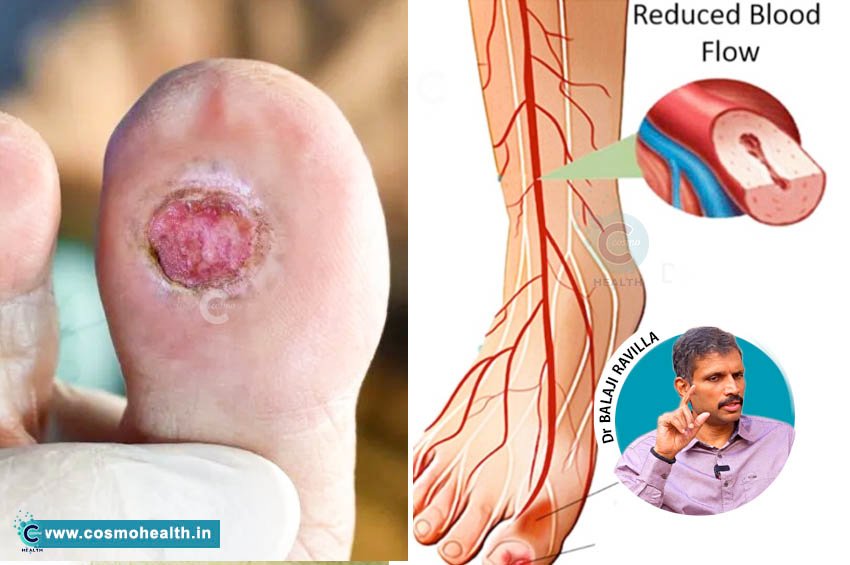.This article aims to illuminate the distinctions, symptoms, and essential preventive measures associated with each condition, empowering readers with the knowledge to act swiftly in critical situations.
Understanding the difference between a heart attack and cardiac arrest is crucial for anyone concerned about heart health. While these two terms are often used interchangeably, they refer to distinctly different medical emergencies
What is a Heart Attack?
A heart attack, medically termed myocardial infarction, occurs when blood flow to a part of the heart is blocked. This blockage, often due to the buildup of fatty deposits (plaque) in the coronary arteries, leads to damage or death of the heart muscle. Some common causes and risk factors include:
- Coronary artery disease (CAD): The most common cause of heart attacks.
- Obesity: Excess weight often leads to high cholesterol and high blood pressure.
- Diabetes: Diabetic individuals have a higher risk of heart-related issues.
- High blood pressure: Puts additional strain on heart and arteries.
- Lifestyle factors: Smoking, lack of exercise, and poor diet can all contribute to heart disease.
Symptoms of a Heart Attack
Recognizing the signs of a heart attack can save lives. Some common symptoms include:
- Chest pain or discomfort: This may feel like pressure, squeezing, fullness, or pain.
- Radiating pain: Feelings of pain may spread to the shoulders, neck, arms, back, teeth, or jaw.
- Shortness of breath: This may occur with or without chest discomfort.
- Other symptoms: Sweating, nausea, dizziness or lightheadedness, and fatigue, particularly in women, may also be experienced.
Action Steps
If you suspect you or someone else is having a heart attack:
- Call emergency services immediately.
- Chew an aspirin (if not allergic) to help thin the blood.
- Stay calm and try to help the person remain calm.
What is Cardiac Arrest?
Cardiac arrest is a sudden loss of heart function, breathing, and consciousness. It happens when the heart's electrical system malfunctions and causes an irregular heart rhythm (arrhythmia). Unlike a heart attack, cardiac arrest can happen without any warning and is often fatal if not treated immediately.
Causes of Cardiac Arrest
The primary causes of cardiac arrest include:
- Heart disease: Previous heart attacks or heart conditions can increase risk.
- Coronary artery disease: Similar to heart attacks, blockages lead to cardiac arrest.
- Electrolyte imbalances: Such imbalances can interfere with the heart's rhythm.
- Drug overdose: Certain medications or illegal drugs can trigger cardiac arrest.
Symptoms of Cardiac Arrest
Symptoms are often acute and, in many cases, occur suddenly. They may include:
- Loss of consciousness: The person may suddenly collapse and be unresponsive.
- No pulse: Checks for pulse may reveal a complete lack of heart activity.
- No breathing: The person may stop breathing, requiring immediate action.
Immediate Actions Required
In the event of cardiac arrest, the following steps are critical:
- Call emergency services ASAP.
- Start CPR immediately. Push hard and fast in the center of the chest at about 100-120 compressions per minute.
- Use an Automated External Defibrillator (AED) if available, as it can restore a normal heart rhythm.
Key Differences: Heart Attack vs. Cardiac Arrest
Understanding these two medical conditions can drastically improve someone’s chances in an emergency situation. Here’s a quick comparison:
| Feature | Heart Attack | Cardiac Arrest |
|---|---|---|
| Cause | Blocked blood flow to the heart muscle | Malfunction of the heart's electrical system |
| Symptoms | Chest pain, shortness of breath, sweating | Sudden collapse, no pulse, no breathing |
| Consciousness | Usually conscious, may be confused or in pain | Unconscious, unresponsive |
| Survival | Can survive if treated quickly | Requires immediate CPR and defibrillation |
Prevention and Management
Both heart attacks and cardiac arrest are highly preventable through lifestyle changes and regular medical check-ups. Strategies include:
- Maintain a healthy weight: Manage your diet and exercise regularly.
- Control stress: Engage in stress-relieving activities such as yoga or meditation.
- Regular health screenings: Keep track of blood pressure, cholesterol levels, and blood sugar.
- Quit smoking and limit alcohol consumption: Healthy habits contribute to better heart health.
Emphasizing healthy living can potential lower your risk of both conditions significantly. Understanding how emotional health, sleep patterns, and dietary choices play into overall heart health is equally essential.
In conclusion, distinguishing between heart attack and cardiac arrest can significantly influence emergency response and outcomes. Awareness of symptoms, risk factors, and appropriate emergency actions can help save lives. Regular health assessments and adopting a heart-healthy lifestyle are not just beneficial but necessary for long-term well-being. Ready to take control of your heart health? Start with a visit to your healthcare provider today, and prioritize preventive care to stay healthy!





